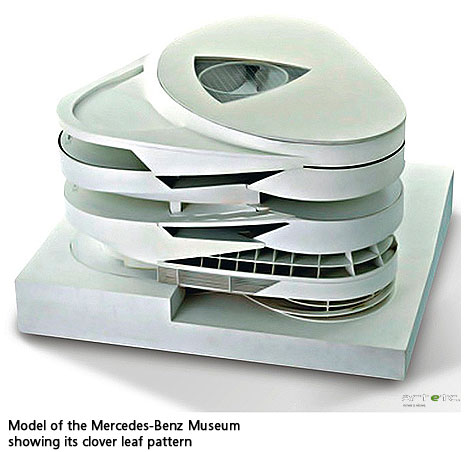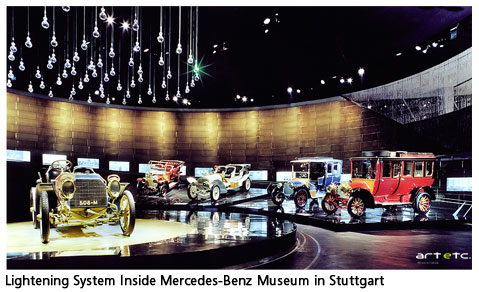- Publisher's Note
- Editorial
- What's Behind This Orange Facade!
- “First you are drawn in by something akin to beauty and then you feel the despair, the cruelty.”
- Art as an Effective Tool against Socio-Political Injustice
- Outlining the Language of Dissent
- Modern Protest Art
- Painting as Social Protest by Indian artists of 1960-s
- Awakening, Resistance and Inversion: Art for Change
- Dadaism
- Peredvizhniki
- A Protected Secret of Contemporary World Art: Japanese Protest Art of 1950s to Early 1970s
- Protest Art from the MENA Countries
- Writing as Transgression: Two Decades of Graffiti in New York Subways
- Goya: An Act of Faith
- Transgressions and Revelations: Frida Kahlo
- The Art of Resistance: The Works of Jane Alexander
- Larissa Sansour: Born to protest?!
- ‘Banksy’: Stencilised Protests
- Journey to the Heart of Islam
- Seven Indian Painters At the Peabody Essex Museum
- Art Chennai 2012 - A Curtain Raiser
- Art Dubai Launches Sixth Edition
- "Torture is Not Art, Nor is Culture" AnimaNaturalis
- The ŠKODA Prize for Indian Contemporary Art 2011
- A(f)Fair of Art: Hope and Despair
- Cross Cultural Encounters
- Style Redefined-The Mercedes-Benz Museum
- Soviet Posters: From the October Revolution to the Second World War
- Masterworks: Jewels of the Collection at the Rubin Museum of Art
- The Mysterious Antonio Stellatelli and His Collections
- Random Strokes
- A ‘Rare’fied Sense of Being Top-Heavy
- The Red-Tape Noose Around India's Art Market
- What Happened and What's Forthcoming
- Art Events Kolkata, January – February 2012
- Mumbai Art Sighting
- Art Bengaluru
- Delhi Dias
- Musings from Chennai
- Preview, February, 2012 – March, 2012
- In the News-February 2012
- Cover
ART news & views
Style Redefined-The Mercedes-Benz Museum
Issue No: 26 Month: 3 Year: 2012
Architecture
by Shambhavi R. Padukone
“We’ve been inventing the Automobile since 1886”.

 The vision of the men, who founded the company and worked on the first ever cars, was to move beyond the horse drawn carriage and usher a new era of motorised vehicles. Carl Benz, one of the pioneers who founded the company, is credited with the invention of the first motor vehicle in 1886. The Museum is a monument to commemorate the achievement that Mercedes-Benz as a company has achieved in the one hundred and twenty odd years that it has been around. It is basically an automotive museum located in Stuttgart, Germany. The Museum documents the History of the Auto Industry, from the point of view of the Benz company and its predecessors.
The vision of the men, who founded the company and worked on the first ever cars, was to move beyond the horse drawn carriage and usher a new era of motorised vehicles. Carl Benz, one of the pioneers who founded the company, is credited with the invention of the first motor vehicle in 1886. The Museum is a monument to commemorate the achievement that Mercedes-Benz as a company has achieved in the one hundred and twenty odd years that it has been around. It is basically an automotive museum located in Stuttgart, Germany. The Museum documents the History of the Auto Industry, from the point of view of the Benz company and its predecessors.
The museum, located in Stuttgart, Germany, is spread over nine levels presenting one hundred and sixty vehicles and over one thousand and six hundred exhibits. The exhibition not only presents the fascinating history of the Mercedes-Benz brand, it also affords illuminating insights into the future. Visitors experience a journey through automotive history, taking them back to the late 1800’s when the automated vehicle was something of a far-fetched dream. The Mercedes Benz Classic Car Centre, an association that works towards maintaining and conserving classic cars, maintains the Museum.
The brand Mercedes-Benz can be traced back to Karl Benz's creation of the first petrol run car, the Benz Patent Motorwagen, in 1886. Apart from Karl Benz’s invention, the brand was originally and still is a subsidiary of the company Daimler AG. Later in the same year, Gottlieb Daimler and Wilhelm Maybach converted a horse drawn stagecoach to a motorised vehicle by adding a petrol engine. These two vehicles were to be the pioneering inventions that drove the company. The Mercedes automobile was first marketed in 1901 by Daimler Motoren Gesellschaft (DMG). The first Mercedes-Benz brand name vehicles were produced in 1926, following the merger of Karl Benz and Gottlieb Daimler's companies into the Daimler-Benz company. As a pioneering motor vehicle company, Mercedes-Benz has introduced a number of Mercedes technological and safety innovations that later became common in other vehicles. The museum showcases a number of these innovations as well as some pioneering car designs.
 The UN Studio developed the basic design of the museum around a simple yet sophisticated geometric figure of three loops that celebrates a legendary car. UN stands for United Network. Ben van Berkel and Caroline Bos established it in 1988 in Amsterdam and since then it has taken an international approach in the many projects it has realized to date from public buildings and infrastructure solutions to offices and urban development projects. Their aim is to integrate the design process with state-of-the-art communication technologies.
The UN Studio developed the basic design of the museum around a simple yet sophisticated geometric figure of three loops that celebrates a legendary car. UN stands for United Network. Ben van Berkel and Caroline Bos established it in 1988 in Amsterdam and since then it has taken an international approach in the many projects it has realized to date from public buildings and infrastructure solutions to offices and urban development projects. Their aim is to integrate the design process with state-of-the-art communication technologies.
Ben van Berkel compares the design process of the Mercedes-Benz Museum with that of the car.
“Our guiding principle was that a building is developed in much the same way as a car, in that the design process integrates many different skilled disciplines, merges technical and aesthetic requirements, strictly observes underlying framework conditions and implements innovative approaches.”
The aluminium and glass façade lends the building an air of transparency and weightlessness. The polished aluminium panels intertwine like strips of ribbon, while the darker tinted areas consist of one thousand and eight hundred individual glass panes. The museum has no right angles. The walls and ceilings (some rising as high as thirty three metres) are either concave or convex and flow from one to the other in gentle, undulating forms. The total display area covering 16,500 square metres is distributed over nine levels. This offers the visitor a truly dynamic spatial experience.

The exhibition at the Mercedes-Benz Museum is divided into Legend rooms and Collection rooms. The Legend rooms narrate the history of the Mercedes-Benz brand, dividing it into themes and epochs. The rooms are chronologically arranged that follows a series of gently sloping ramps. This section is sheltered and artificially lit giving the space a theatrical feel. The Collection rooms are designed thematically and document the breadth and diversity of the brand’s vehicles. This section is exposed to daylight and surrounded by huge panoramic windows. The chronological display of is not rigid. The building’s interior is inspired by the double helix structure of the DNA spiral that carries the human genome. The visitors are free to cross time zones as the route intersections allow the visitor to switch between the two sections at any time.
The design of the museum is spatially complex. It is based on the cloverleaf pattern. The structure consists of three overlapping circles forming a central triangular atrium. The trefoil/cloverleaf patter is not apparent when seen from inside the museum but the design, infrastructure, exhibition space and programmes are modelled around it.
Ben van Berkel on the design of the museum stated…
“…we looked at ideas of how, by moving through the chronologically ordered exhibition spaces from top to bottom, visitors follow the edge line of the building like a time machine. The line you follow becomes a wall then a ceiling and then a space, blurring the distinction between line, surface and volume.”
The Museum has innovations at every level. The overall design not only incorporates cutting edge architecture and interiors but also incorporates barrier free designs to provide access for those who are physically challenged. Automotive history and the evolution of Mercedes Benz are almost synonymous. This museum is a monument to that history and tries to represent all that the automotive juggernaut has achieved in over a century of building vehicles.